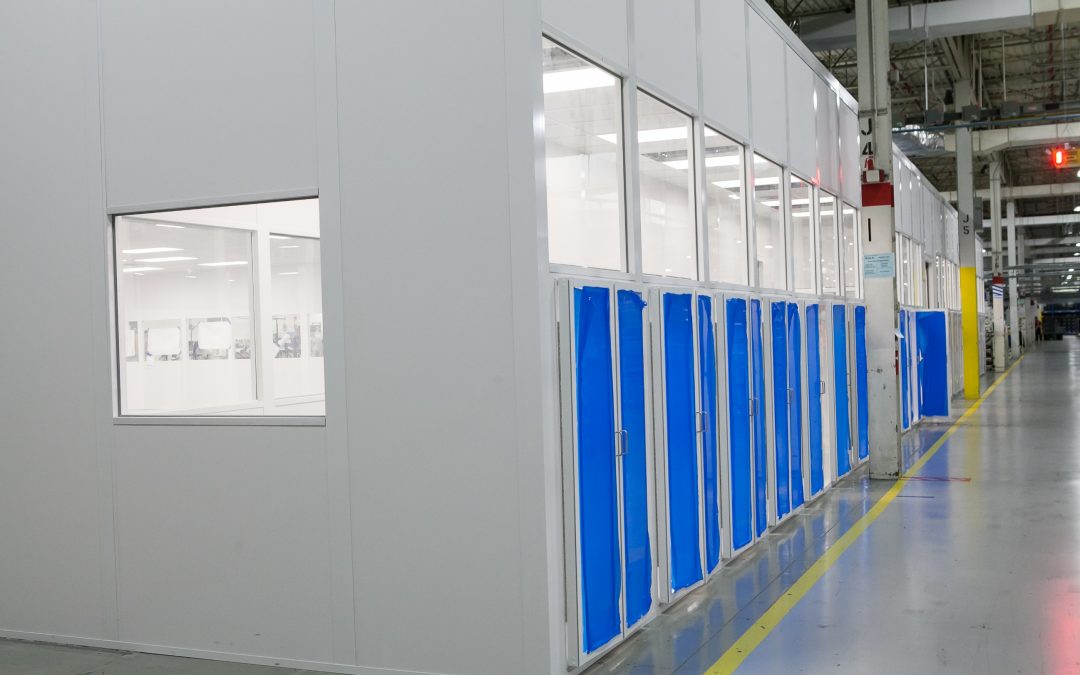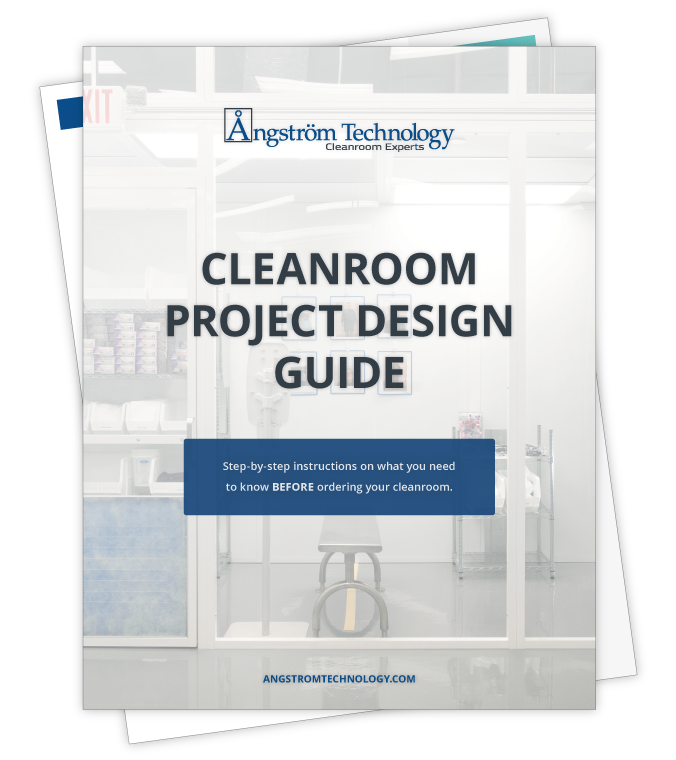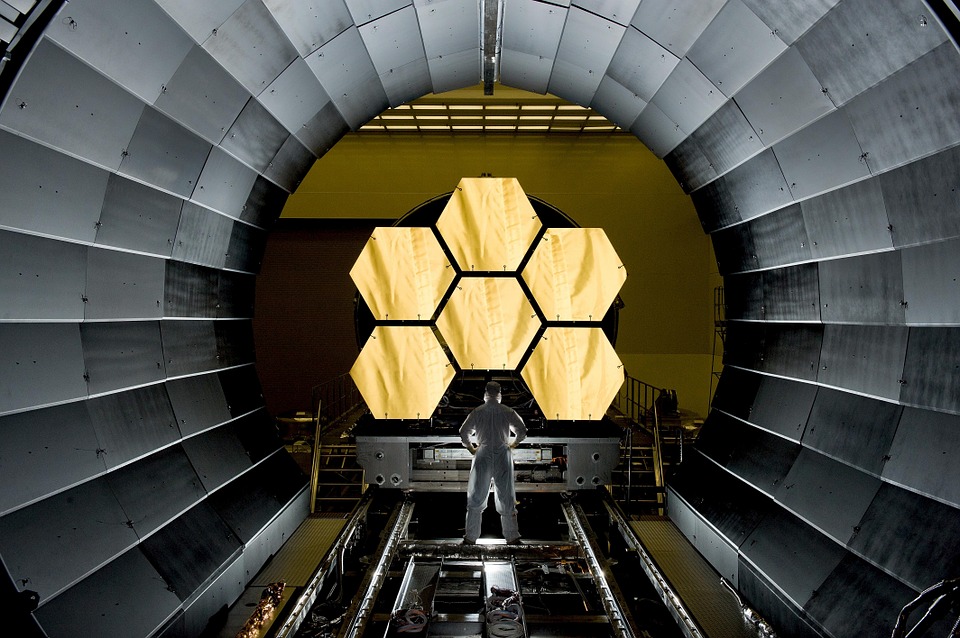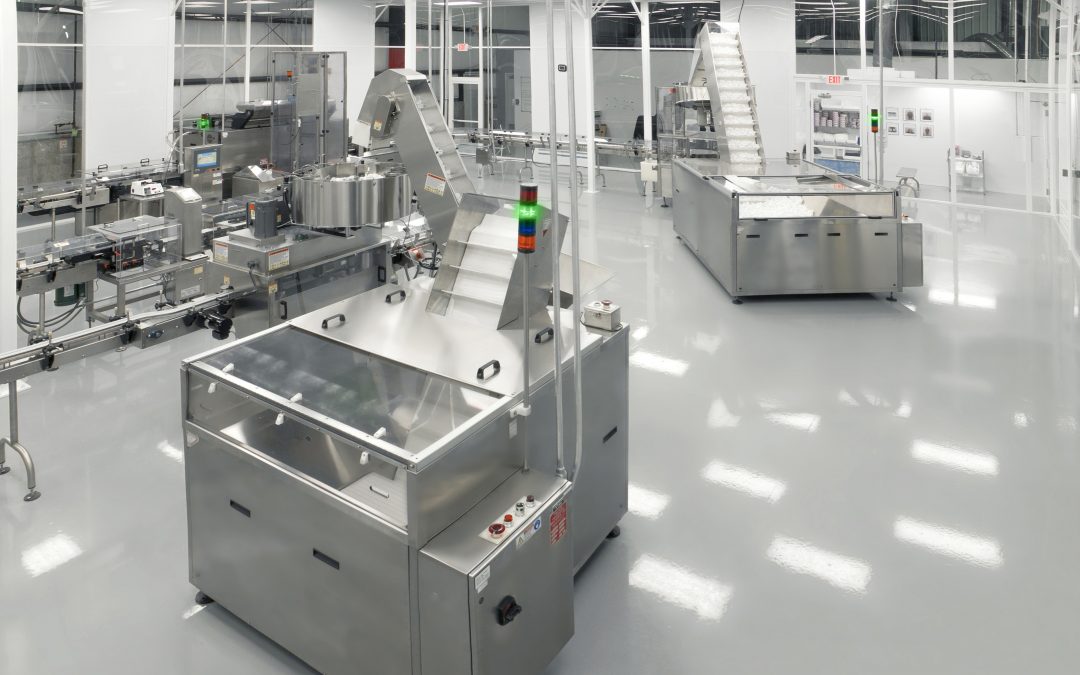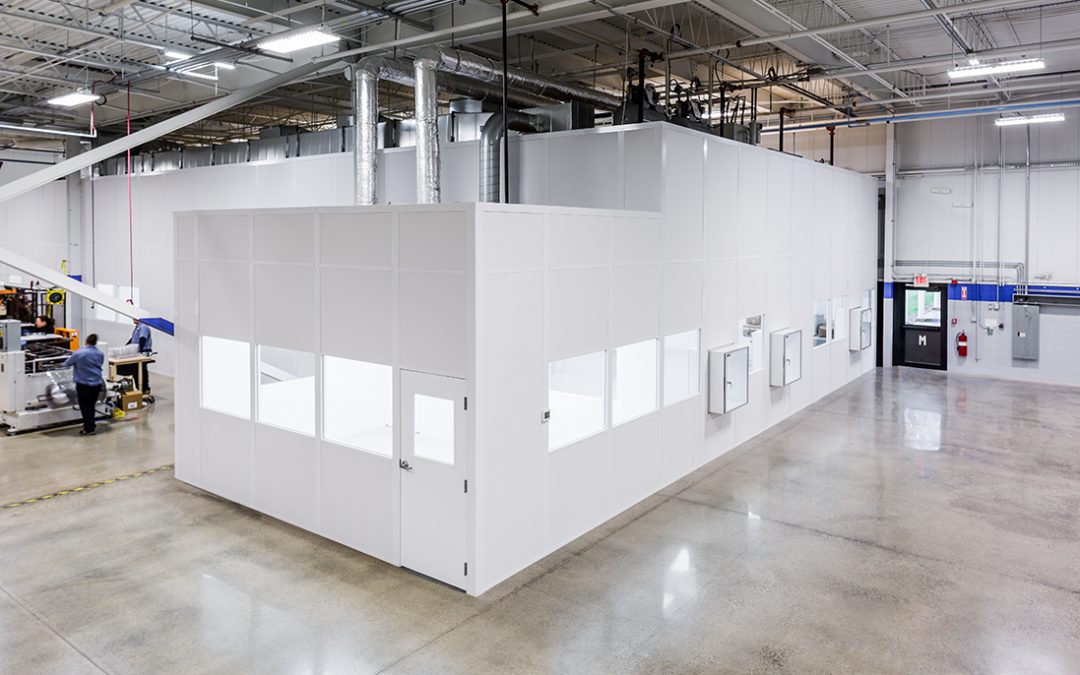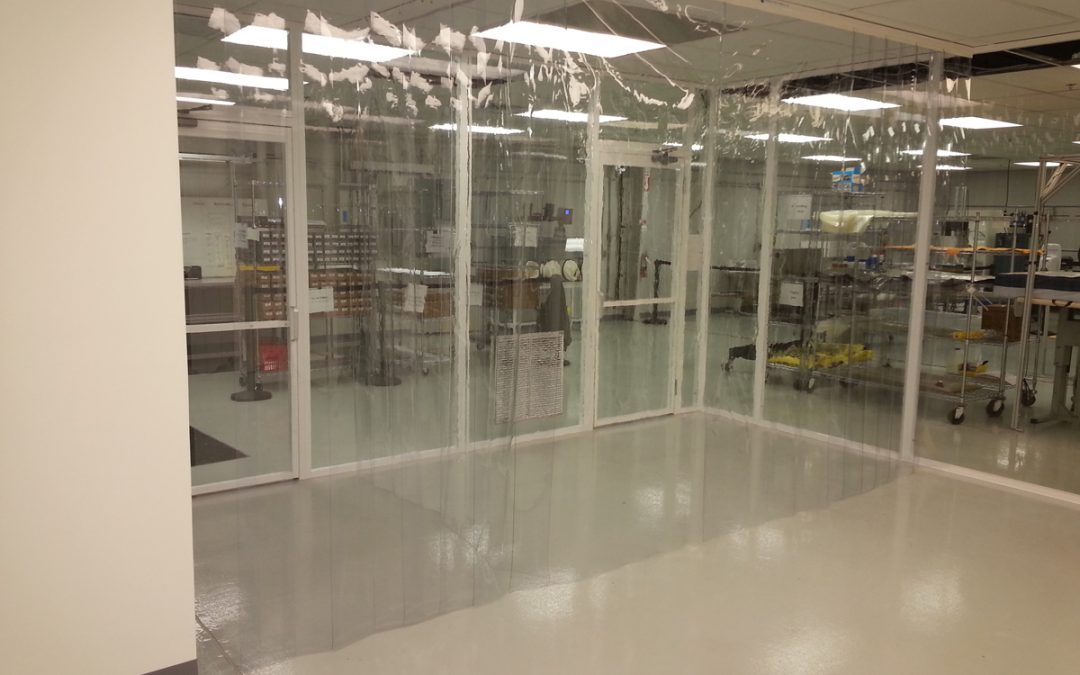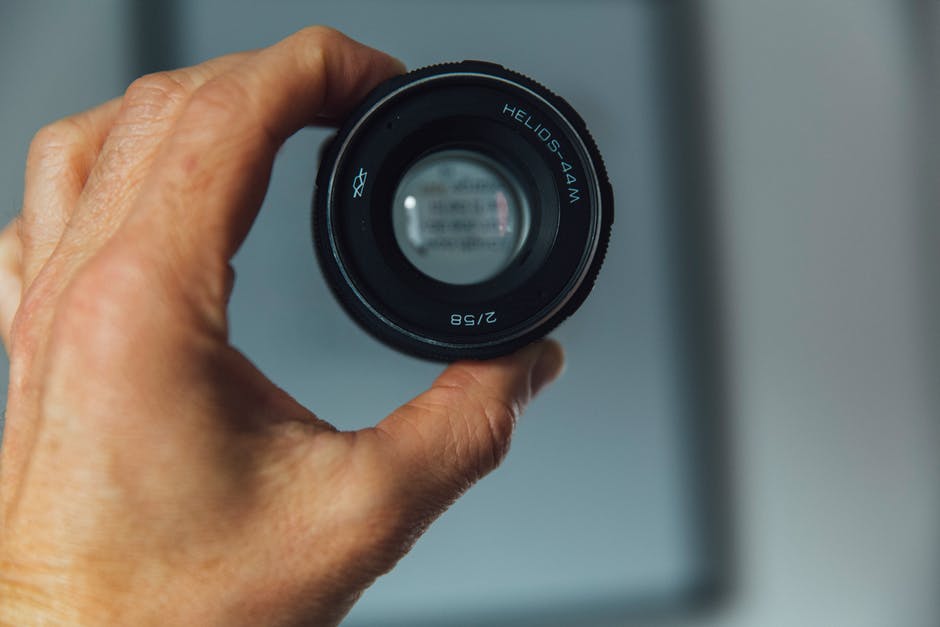
Who Really Uses Cleanrooms?
Cleanrooms sound like something out of a science fiction movie. A bright white room where employees wear scrubs, booties, and hair nets? Seems a bit like Westworld. Though they may seem like odd, sterile environments, cleanrooms are absolutely essential to the future of technology and industry. Their high-tech capabilities make it possible to create an environment that’s as free from contaminants and air particulate as possible.
If you have a cleanroom, or are interested in installing one for your application, you probably already know what a cleanroom is, but what you might not know is just how common they are. In a way, they’re the unsung heroes behind technological advancement. Most people don’t know that cleanrooms are actually very widely used in a variety of applications. In fact, you probably have more than a few things in your home or even on your person that were made with the help of a cleanroom. Basically anything you can think of that requires precise manufacturing requires a cleanroom. In fact, some of the most common cleanroom applications might surprise:
Optics
Every photographer is looking to find the clearest lens on the market. From the consumer’s side, it’s just a matter of choosing a camera that’s well-reviewed and offers high resolution. But someone does have to make those crystal clear lenses that go inside of the camera. To make lenses and other optics pieces like smartphone cameras, a cleanroom is absolutely necessary. Cleanrooms ensure no particles are floating around in the manufacturing space that could dirty the lenses, and they control both temperature and humidity to create the perfect environment necessary for precise creation of optic parts.
Nanotechnology and electronics
The chips and nanochips that go into all of those technological devices we love so much, like our computers, laptops, smartphones, and tablets, are insanely small. These small pieces, however, hold and store tons and tons of data, and have to be 100% accurate for the rest of the machine to work properly. That’s where cleanrooms come in. The smallest speck of dust on the wrong part of a nanochip can render a computer ineffective, so it’s important that they be manufactured within a strictly monitored cleanroom. As nanotechnology continues to expand, cleanrooms have also become useful in recent green energy initiatives. Cleanrooms are now being set up to house nanotech solar cell production, a more cost-effective way to create widespread solar energy.
Research facilities
Whether they’re on a college campus or at a pharmaceutical company, research facilities are one of the most important ways to create innovation in science and medicine these days. Cleanrooms function as a controlled environment that allow scientists within research facilities to run multiple experiments and tests while being absolutely sure that outside variables are the same. Cleanrooms take out all of the guesswork that exists in uncontrolled environments and offer scientists the most accurate results possible. Without cleanrooms, scientists would have to complete experiments far more times, which lengthens the research process and slows innovation.
Aerospace
The aerospace industry is another realm you might not guess uses cleanrooms. Typically, when one thinks of aerospace engineering, the construction of a giant plane is what comes to mind. But actually, many of the tiny parts that planes need to fly, as well as very advanced spaceflight lasers, require absolute accuracy in production. Cleanrooms are the only way manufacturers can achieve this level of accuracy. The pieces that go together to form lasers that can vaporize space debris or charge the batteries of aerial vehicles are very tiny and can be rendered completely ineffective with just a little bit of contamination, making cleanrooms necessary.
Military applications
The government is often at the forefront of technology, most typically in the military realm. Whether they’re developing new instruments to protect soldiers, or they’re working on more efficient ways to generate energy, much of the testing and research that goes into the development process must take place in a cleanroom for many of the same reasons as other industries: cleanrooms provide a completely controlled environment that does not change and is as free of particulate and contamination as possible.
As you can tell, cleanrooms are an integral part of future technology. Without cleanrooms, we wouldn’t have a variety of medications, we would be without accurate lab testing, and we wouldn’t be able to create some of the common technology we use every day. Cleanrooms provide the perfect environment to foster innovation, and they function to advance technology and create more perfect products.
If you’re looking to install a new cleanroom, or you think your existing cleanroom could use an update, get in touch with the experts at Angstrom Technology. We’ve been in charge of building and designing cleanrooms across the nation for years and would be glad to answer any questions you might have. Feel free to give our office a call at 888-768-6900, or contact us online at your convenience.

